The term Kung Fu is generally defined as “skill achieved through hard work and practice”. However, all too often theory arguments and the desire to learn “advanced” techniques get in the way. Rather than talking about theories, we…


The term Kung Fu is generally defined as “skill achieved through hard work and practice”. However, all too often theory arguments and the desire to learn “advanced” techniques get in the way. Rather than talking about theories, we…
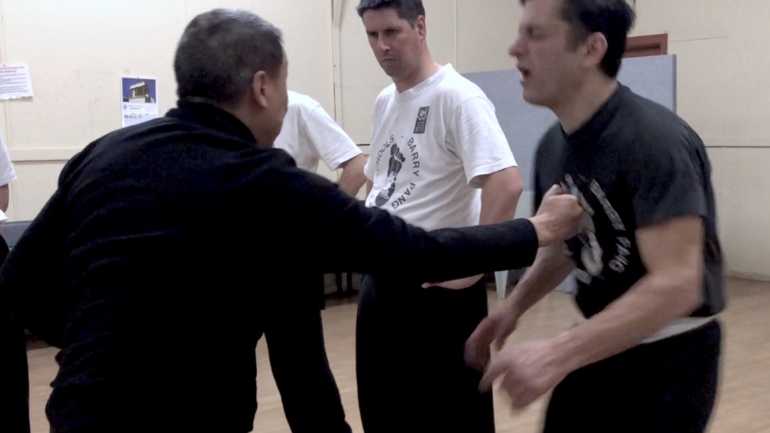
Bruce Lee’s famous demonstrations of his one- and six-inch punches in 1964 showed the world that explosive power does not come from long, exaggerated actions. It comes from superior coordination of the whole body. Sifu Barry Pang explains…

Lung Ying (Dragon Shape) Grandmaster, Wu Hua Tai, believed that to excel in martial arts you must focus on goals, rather than one specific style. He studied a range of complementary styles, including Tai Chi Chuan, to improve…

Our very own Chris Pang is making a splash in Hollywood, having featured in films alongside mega-stars Michelle Yeoh and Donnie Yen. Here’s how he went from being our local Kung Fu Kid to a rising star in…

Striking effectively involves far more than just the hands. Sifu Barry Pang explains that coordination is key to reaching maximum potential in your techniques. Bruce Lee and other top martial artists just seem to flow. They are not…

In challenge matches of days past, masters of Wing Chun and Lung Ying kung fu typically relied on a single technique to defeat their opponents. Yet students today often seek to consume as many advanced techniques as they…
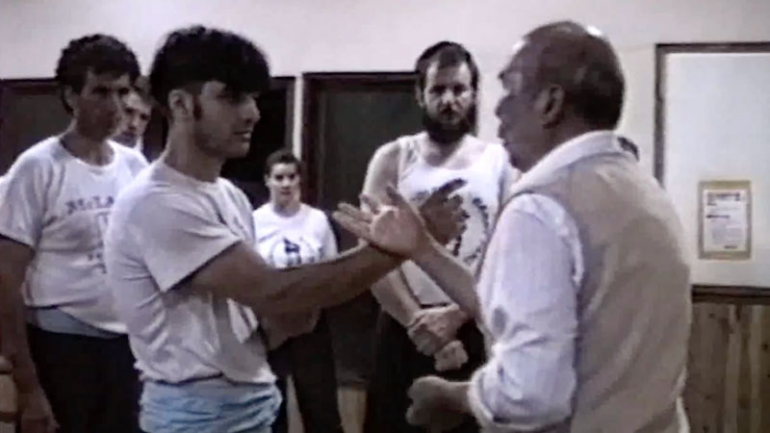
Grandmaster Wu introduces Lung Ying kung fu to Sifu Barry Pang’s Wing Chun students, impressing on them that this is a lifelong endeavour. In the early 1990s, Lung Ying Grandmaster Wu Hua Tai sought to transfer knowledge to a…
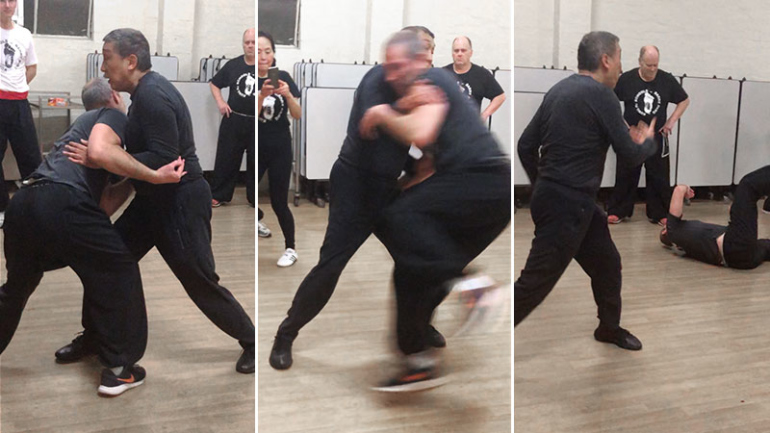
Boxers can dodge, weave and move in. What about kung fu? Sifu Barry Pang discusses the importance of pliable upper body movement while maintaining a strong base. Where it comes to defensive footwork, There are 4 levels that…
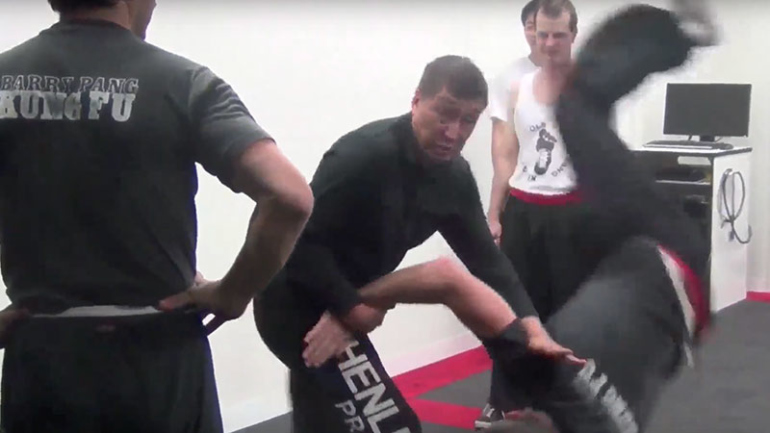
Sifu Barry Pang explains how being relaxed and loose is critical, while providing an emphatic demonstration. Overpowering opponents with chain punches along the centreline may not succeed against a larger opponent that is able to protect this zone.…
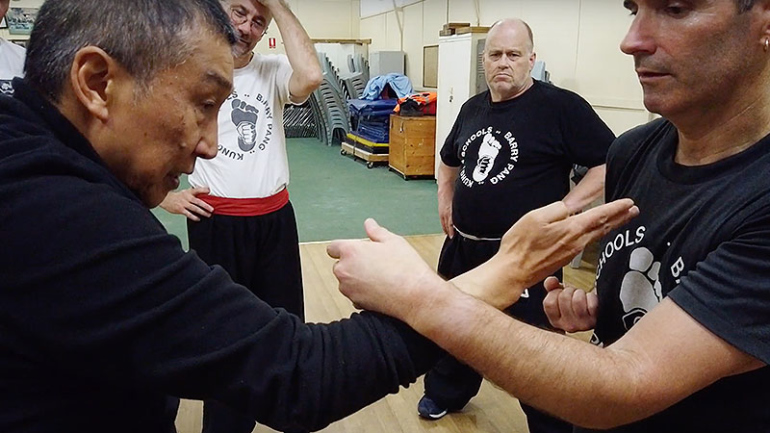
Barry discusses the importance of maintaining forward pressure in Chi Sao. Without forward pressure, we provide no resistance against attack. How do we do this without becoming tense, losing our ability to deflect strong opponents? Watch the video.